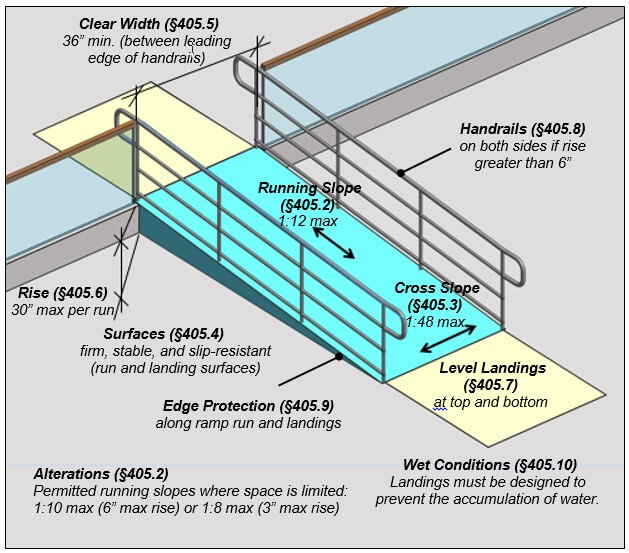How to Choose a Ramp
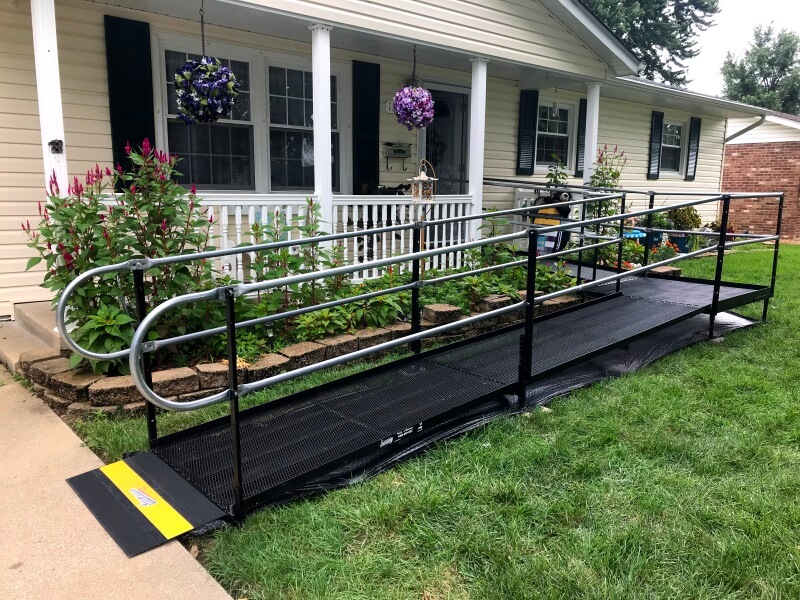
Choosing the Perfect Ramp
Selecting the right wheelchair ramp can be challenging, but it's essential for ensuring safety and accessibility. The following are some important things to consider:
- Where is the ramp needed? (i.e.: home, event rental, business)
- What type of mobility aid does the user rely on? (i.e.: wheelchair, walker, cane, walking but struggling with steps, or general public?)
- Is the need for the ramp permanent or temporary?
- What is the height of the entrance?
- Are there any thresholds that could pose tripping hazards?
- Are there multiple access points that need to be addressed? (i.e.: interior or exterior)
- Does your ramp need to be ADA and/or IBC compliant?
With those considerations in mind, here’s a brief overview of the main types of ramps:
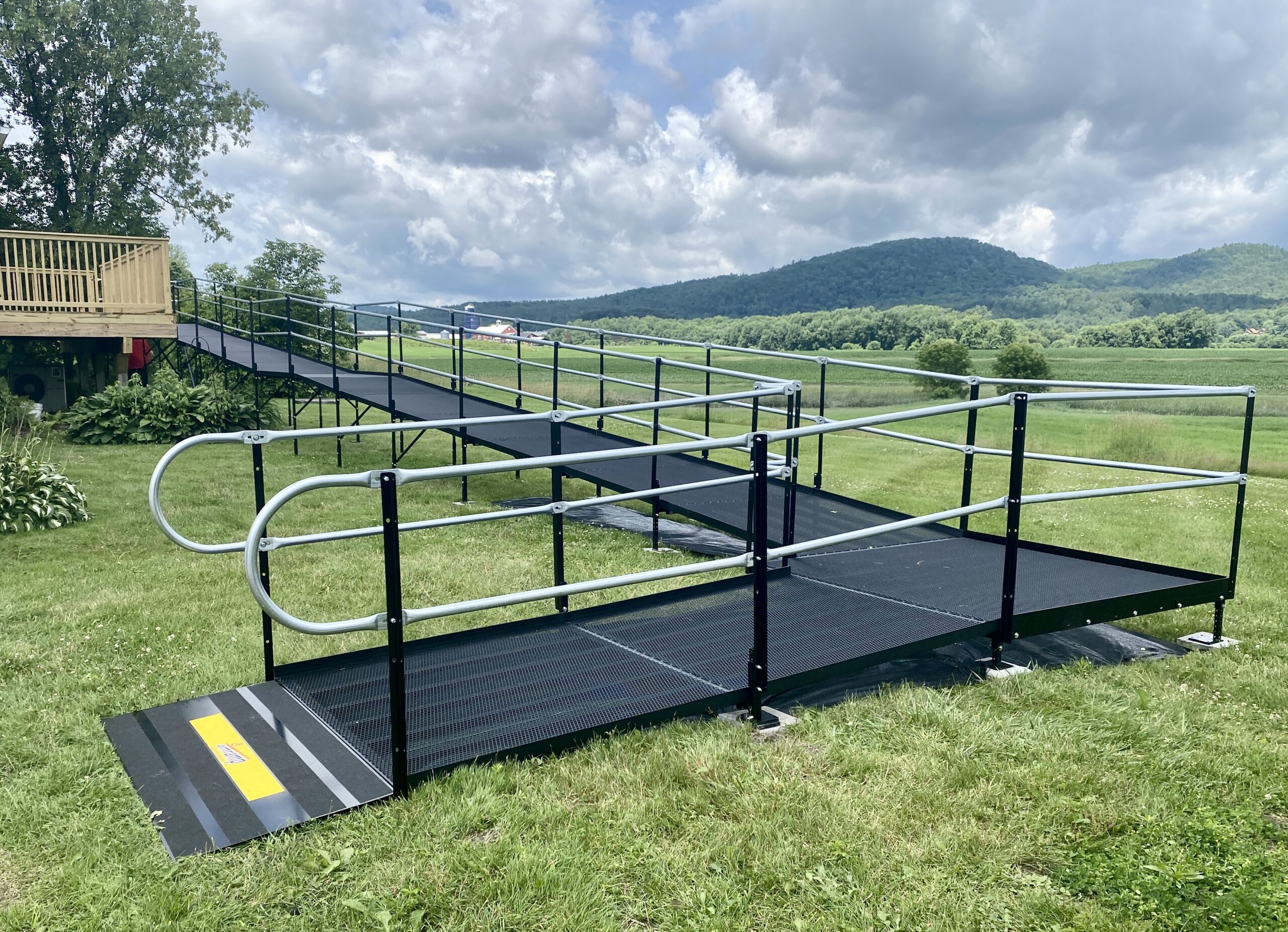
Modular Ramps
Customizable for any configuration, the modular design of our residential and event ramps can be tailored to fit almost any space.
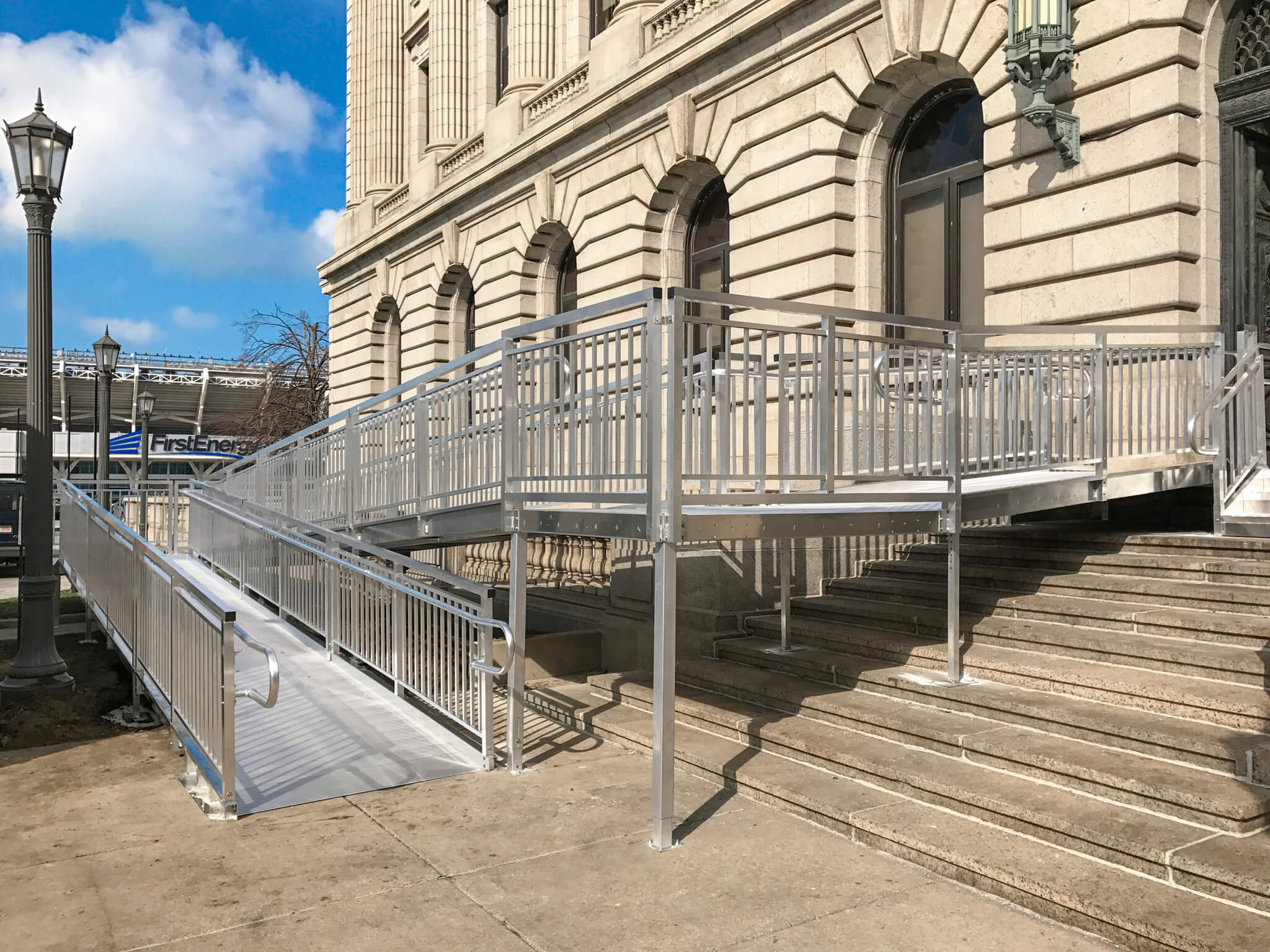
Commercial Ramps
Our ADA- and IBC-compliant wheelchair ramps support access to industrial spaces, public buildings, and job sites.
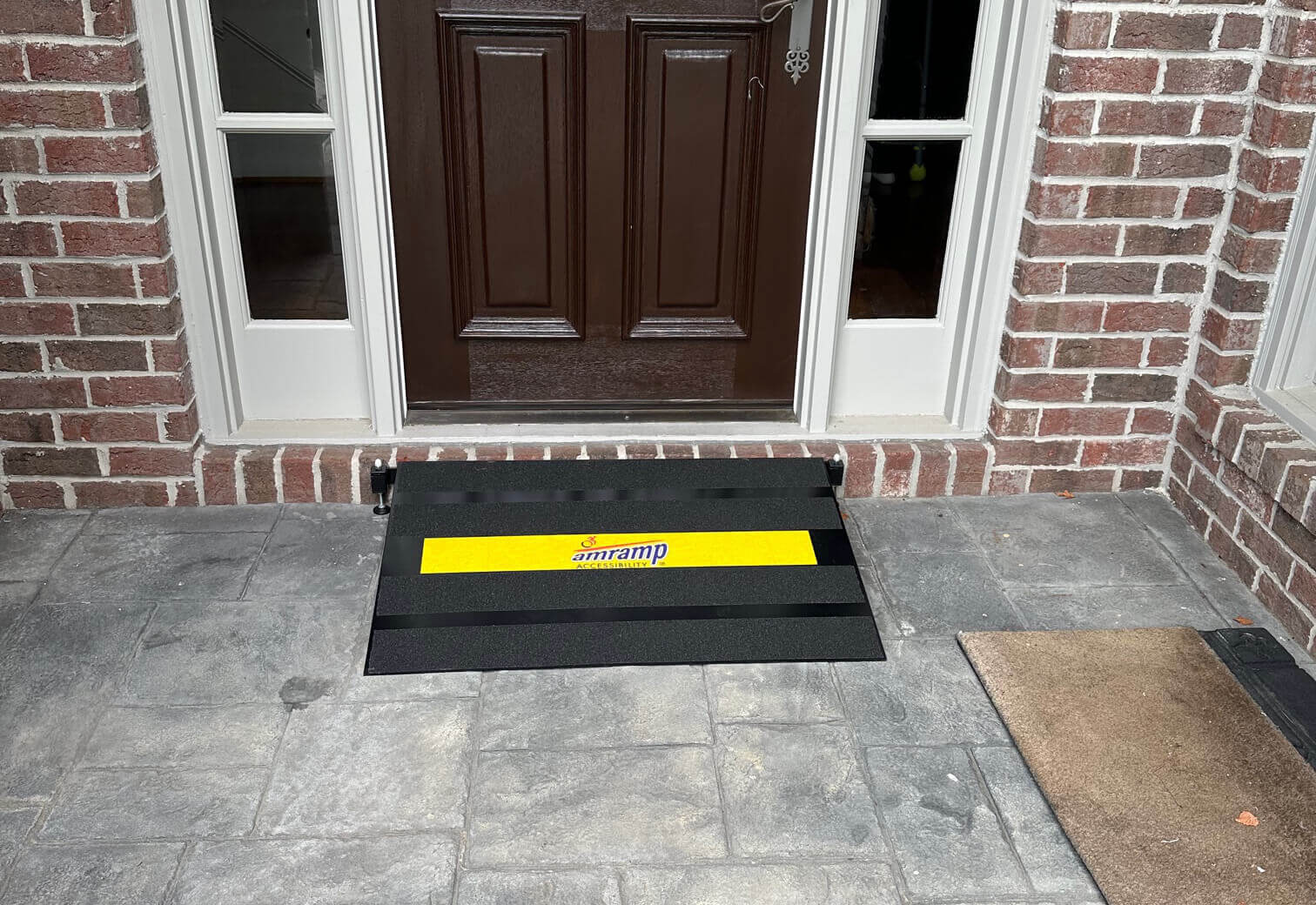
Threshold Ramps
Ideal for small height differences, from ¾” to 6”. Typically made of aluminum or rubber, they are perfect for doorways.
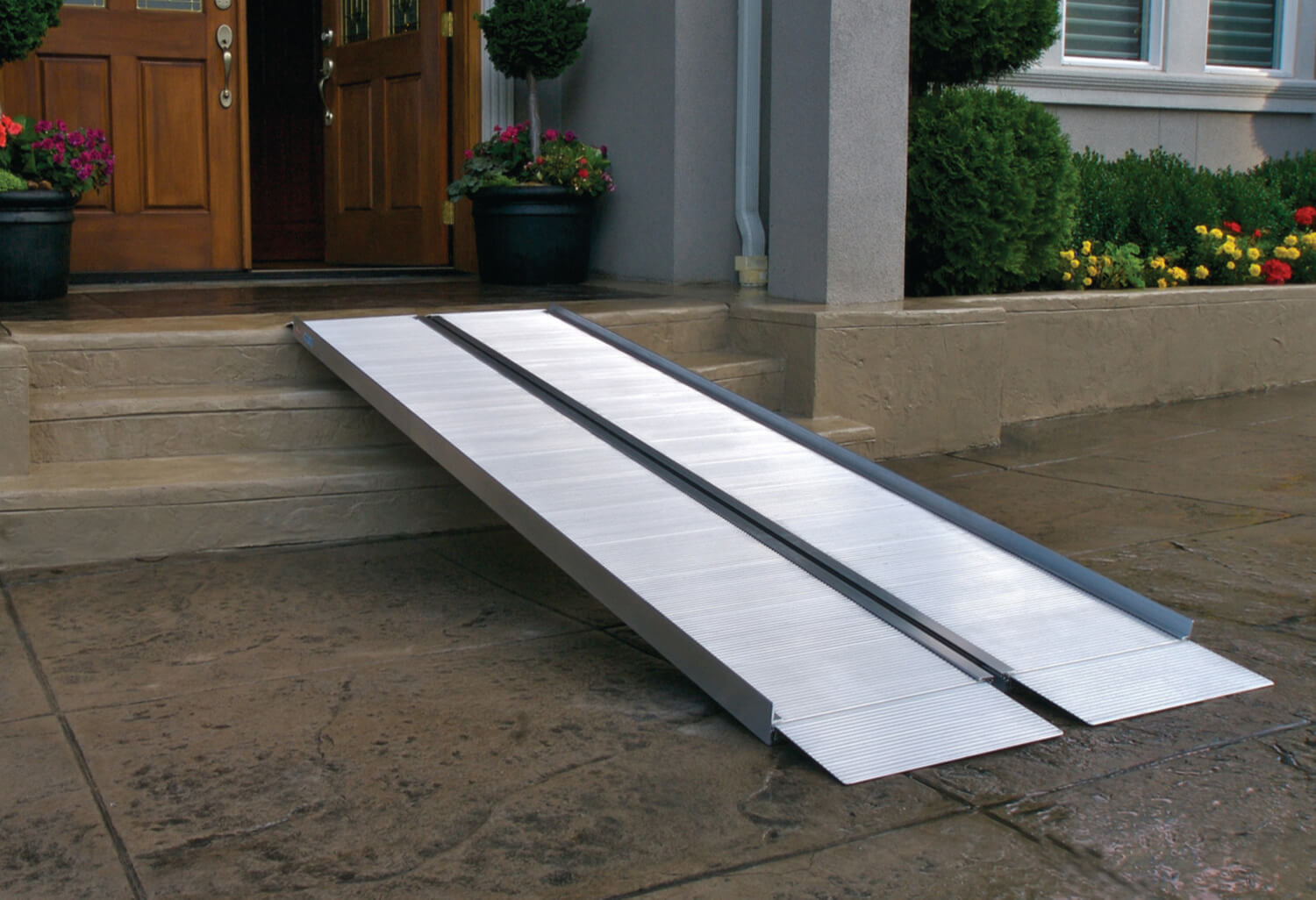
Portable Ramps
Suitable for navigating 1-2 steps. They range from 2’ to 10’ in length and are easily movable. However, they don’t usually come with railings.
To ensure safety and compliance, the Americans with Disabilities Act (ADA) sets guidelines for safe wheelchair ramps in public spaces.
The recommended slope is 1 foot of ramp length for every inch of height.
For example, if your entrance has three steps, each 7 inches high, the ramp should be at least 21 feet long. Ramps over 6 feet in length or 6 inches in height should have handrails. Additionally, a platform at the door should extend at least 2 feet beyond the door to allow safe opening and maneuvering.
When considering a wheelchair ramp, keep these key design features in mind:
- We recommend a 5'x5' turning radius when you are entering and exiting a ramp or turning on the ramp.
- Install rails on all sides to prevent the wheelchair from rolling off the edge.
- Follow the 1 in 12 slope guideline for safety, which means for every 1 inch of vertical rise, you need 12 inches of horizontal travel. While this rule is specifically for public facilities, it’s a good practice to follow for residential ramps as well. Check with your local Amramp experts for guidance.
Each type of ramp—Amramp steel, aluminum, wood, or concrete—has its own advantages and considerations.
Weigh these factors carefully to choose the ramp that best suits your needs and provides the safest solution.

Ultimately, the goal is to enhance mobility and accessibility in your space, providing a safe and comfortable environment for all users.
If you have any questions or need further assistance in choosing the right ramp, don't hesitate to reach out to our Amramp experts who can offer personalized advice and support.

